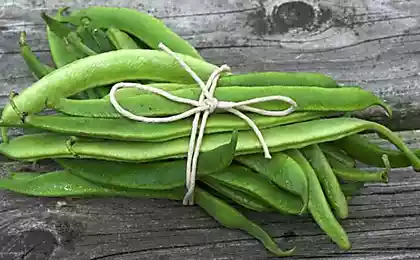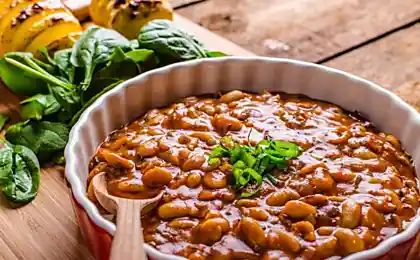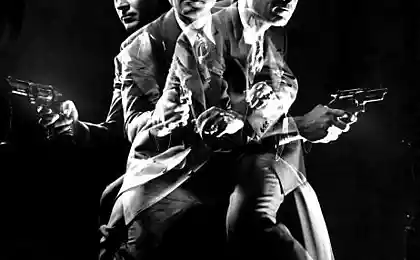212
An experienced hostess told how to store beans so that no bug starts
Many gardeners plant legumes on their plots. The most popular among them is beans, because it is very tasty, healthy and undemanding to growing conditions. Pulses are relatively easy to grow. Problems usually arise with further storage of the harvested crop: the beans darken, are covered with mold, harmful insects can multiply in it. To avoid this, you should know the rules of how to store beans.
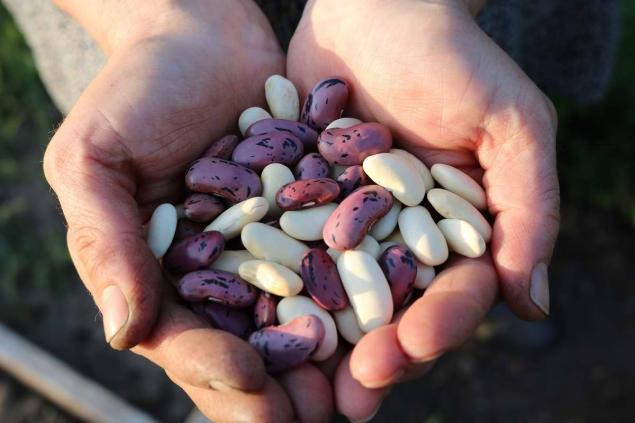
And the newsroom. "Site" He'll tell you about it.
How to store beans at home Store can be both ripe and young beans. Undried beans are sorted, scattered in packages and put in the freezer. They are well preserved and then quickly prepared.
Mature seeds are well dried, sorted, cleaned of garbage, and then saved until the next harvest. They may be needed as planting material. It is necessary to store beans in dry and clean containers that are tightly closed. Its seeds can be poured into glass jars, plastic bottles or other convenient containers with lids.
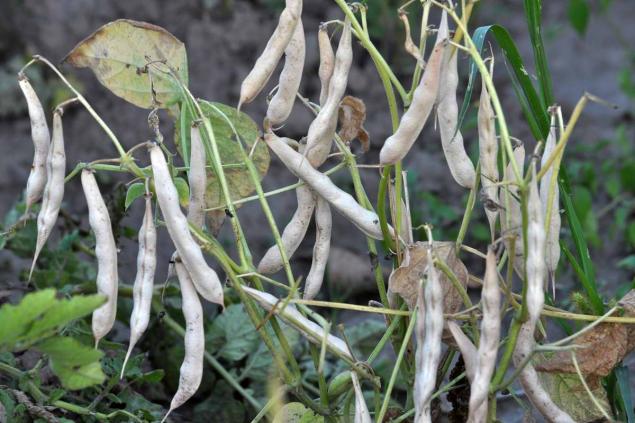
You can use for storing beans tissue bags that fold in a dry place. To scare off harmful insects, dried dill umbrellas, bay leaves or cloves of garlic are shoved into the brake.
Housewives living in the private sector practice the old method of storing beans: put dry pods in a bag and then store it in the attic. The bag is pre-soaked in brine and allowed to dry.
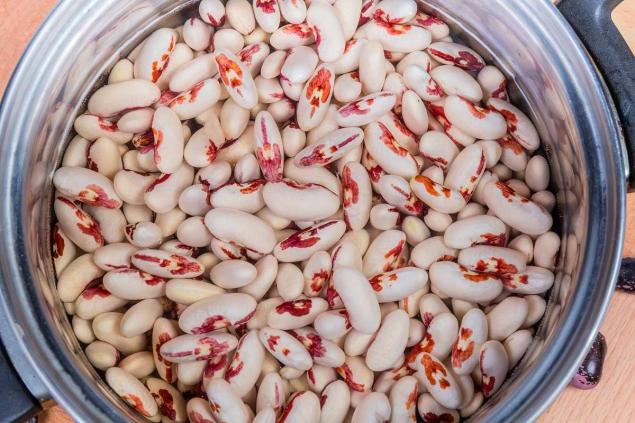
It is important to remember that the grain beetle affects the seeds of beans in the garden. The female insect lays eggs on green pods, and then hatched larvae make their way deep into the grains. Unsuspecting summer residents harvest legumes and send it to the pantry.
In comfortable conditions, the larvae inside the seeds gradually mature and turn into adult insects that make holes in the shell and get out. At this stage, the bugs become clearly visible, and inexperienced hostesses wonder how they got there. The answer is simple: the beans that were taken from the bed were already contaminated with the grain.
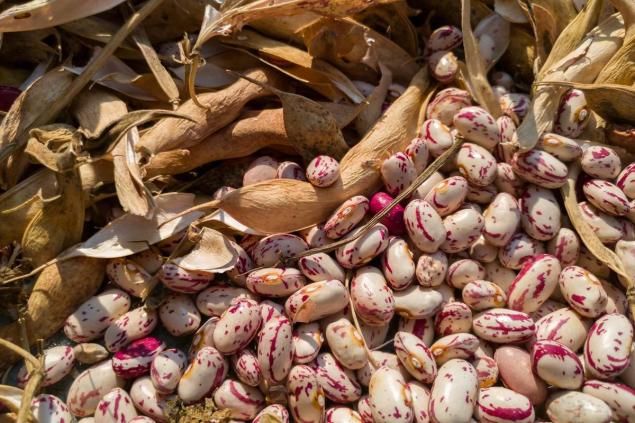
When you find unwanted beetles in a jar with beans, carefully examine its contents. Severely damaged stocks will have to be disposed of. The container in which the beans were located should be well washed with vinegar or citric acid. If the beans have suffered from pests quite a bit, try to save it.
First, you need to select grains with traces of larvae in them. Then you need to immerse the beans in salty cold water: the seeds affected by the grain will float. They should be removed and discarded along with the rest of the waste. The beans are then washed and dried.
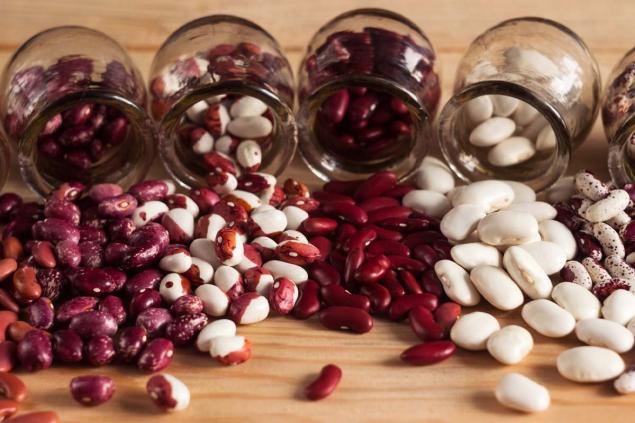
To avoid the reproduction of beetles, beans are exposed to high or low temperatures. The grains are placed in an oven heated to 60 degrees and kept there for 30 minutes. After that, beans can be eaten, but it is no longer suitable for planting, because it will not rise.
Bean seeds are shoved into the freezer for 2-3 days. At low temperatures, invisible insect larvae will die. The beans should then be taken out and dried or kept in the refrigerator.
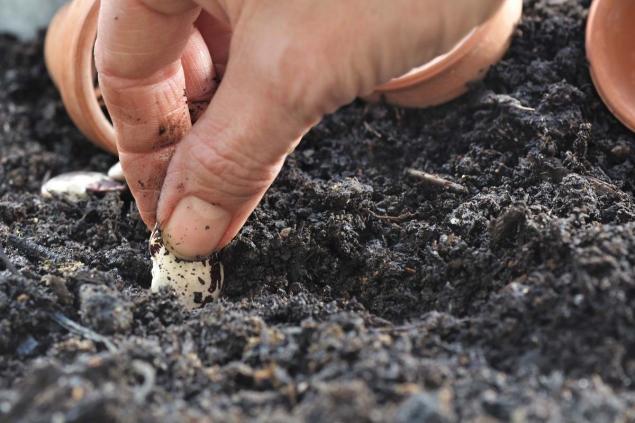
So that poor-quality or contaminated grain beans do not get into your kitchen, carefully examine its pods growing in the garden, and also carefully look at the seeds that you buy on the market. Then follow the conditions of storage of beans, and it will never spoil.

And the newsroom. "Site" He'll tell you about it.
How to store beans at home Store can be both ripe and young beans. Undried beans are sorted, scattered in packages and put in the freezer. They are well preserved and then quickly prepared.
Mature seeds are well dried, sorted, cleaned of garbage, and then saved until the next harvest. They may be needed as planting material. It is necessary to store beans in dry and clean containers that are tightly closed. Its seeds can be poured into glass jars, plastic bottles or other convenient containers with lids.

You can use for storing beans tissue bags that fold in a dry place. To scare off harmful insects, dried dill umbrellas, bay leaves or cloves of garlic are shoved into the brake.
Housewives living in the private sector practice the old method of storing beans: put dry pods in a bag and then store it in the attic. The bag is pre-soaked in brine and allowed to dry.

It is important to remember that the grain beetle affects the seeds of beans in the garden. The female insect lays eggs on green pods, and then hatched larvae make their way deep into the grains. Unsuspecting summer residents harvest legumes and send it to the pantry.
In comfortable conditions, the larvae inside the seeds gradually mature and turn into adult insects that make holes in the shell and get out. At this stage, the bugs become clearly visible, and inexperienced hostesses wonder how they got there. The answer is simple: the beans that were taken from the bed were already contaminated with the grain.

When you find unwanted beetles in a jar with beans, carefully examine its contents. Severely damaged stocks will have to be disposed of. The container in which the beans were located should be well washed with vinegar or citric acid. If the beans have suffered from pests quite a bit, try to save it.
First, you need to select grains with traces of larvae in them. Then you need to immerse the beans in salty cold water: the seeds affected by the grain will float. They should be removed and discarded along with the rest of the waste. The beans are then washed and dried.

To avoid the reproduction of beetles, beans are exposed to high or low temperatures. The grains are placed in an oven heated to 60 degrees and kept there for 30 minutes. After that, beans can be eaten, but it is no longer suitable for planting, because it will not rise.
Bean seeds are shoved into the freezer for 2-3 days. At low temperatures, invisible insect larvae will die. The beans should then be taken out and dried or kept in the refrigerator.

So that poor-quality or contaminated grain beans do not get into your kitchen, carefully examine its pods growing in the garden, and also carefully look at the seeds that you buy on the market. Then follow the conditions of storage of beans, and it will never spoil.
Before turning on the heating, I grab a hair dryer and perform a simple manipulation, it saves me a lot of money.
When the cashier in the store asks you about it, never say no.

